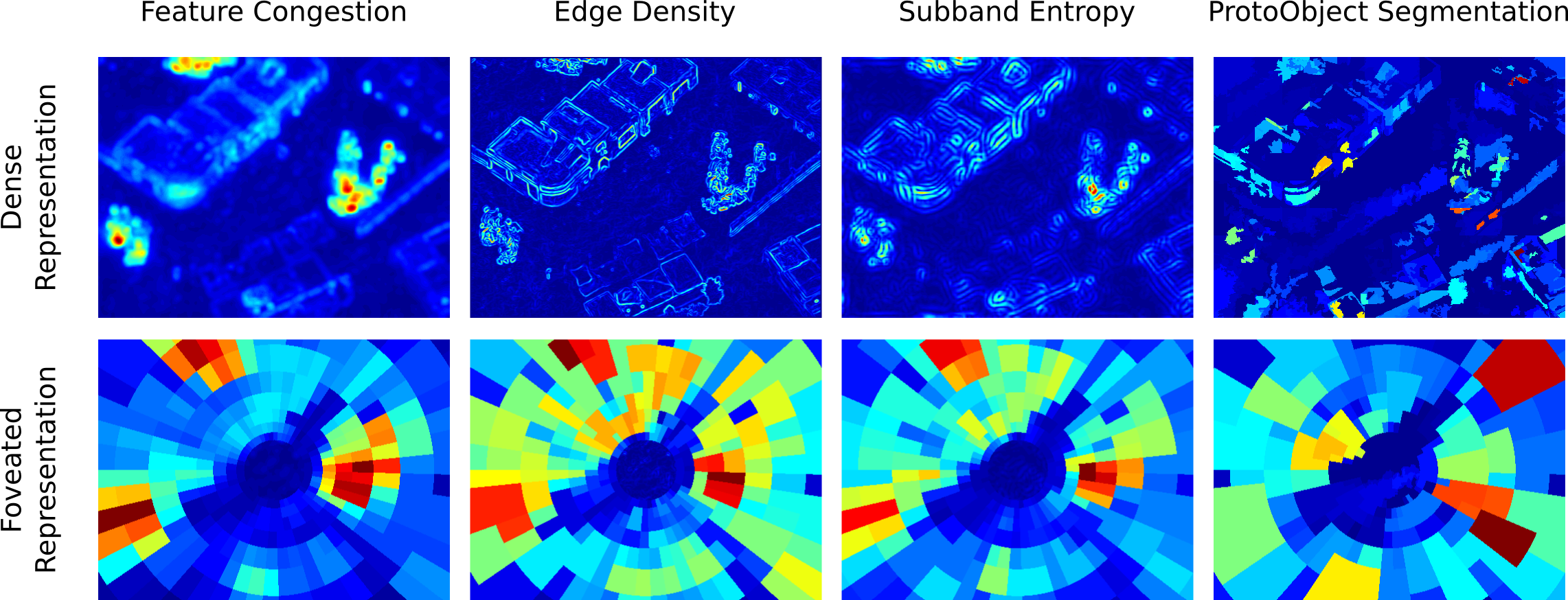Object Detection Through Exploration With A Foveated Visual Field
We present a foveated object detector (FOD) as a biologically-inspired alternative to the sliding window (SW) approach which is the dominant method of search in computer vision object detection. Similar to the human visual system, the FOD has higher resolution at the fovea and lower resolution at the visual periphery. Consequently, more computational resources are allocated at the fovea and relatively fewer at the periphery. The FOD processes the entire scene, uses retino-specific object detection classifiers to guide eye movements, aligns its fovea with regions of interest in the input image and integrates observations across multiple fixations. Our approach combines modern object detectors from computer vision with a recent model of peripheral pooling regions found at the V1 layer of the human visual system. We assessed various eye movement strategies on the PASCAL VOC 2007 dataset and show that the FOD performs on par with the SW detector while bringing significant computational cost savings.
PDF Abstract


